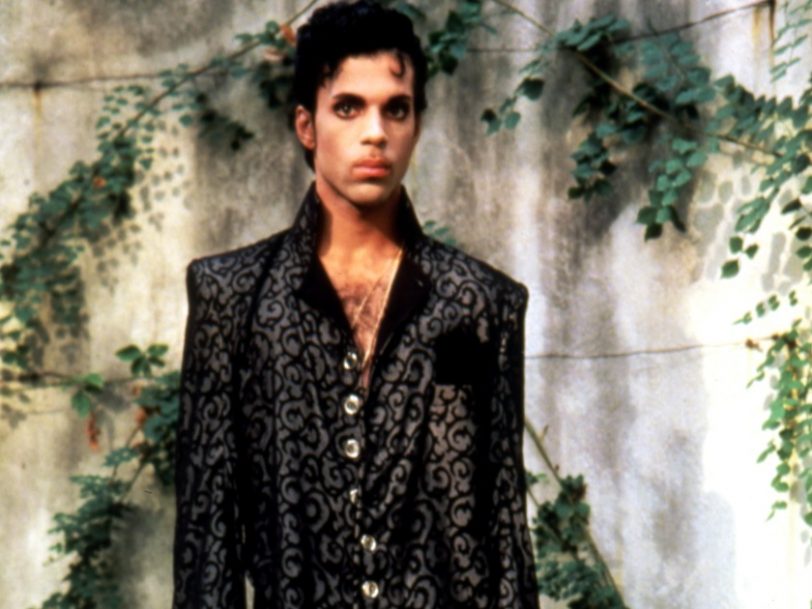The very epitome of an enigma, Prince cultivated mystique at every opportunity, and relished confounding fans and critics alike. While it isn’t always possible to sort truth from fiction, or rumour from downright lie, there is enough Prince scholarship out there to piece together the life of this most extraordinary musician. Whether you’re a curious newcomer or colours-to-the-mast purple devotee, here are ten Prince facts you need to know…
Listen to the best of Prince here, and check out the ten Prince facts you need to know, below.
1: He really was called Prince
Born in Minneapolis, Minnesota, on 7 June 1958, Prince Rogers Nelson was named after the jazz trio his father, John L Nelson, led around the city’s nightclubs and community centres. “I called my son Prince because I wanted him to do everything I wanted to do,” John L told A Current Affair in 1991, years after his son had done all that and more.
A multi-faceted artist, Prince toyed with pseudonyms and different personae throughout his career, sometimes crediting his songwriting, production and studio work to alter egos such as Jamie Starr, Alexander Nevermind, Joey Coco and Tora Tora. “He would even dress up like Jamie Starr,” Lisa Coleman, keyboardist in Prince’s mid-80s band, The Revolution, told this author for the book Lives Of The Musicians: Prince. “It wasn’t just a pen name… He would just be these different people. It was remarkable.”
Between 1993 and 2000, as part of a dispute with his record label, Warner Bros, Prince identified as an unpronounceable glyph dubbed “Love Symbol” – but that’s another story for a whole other time…




